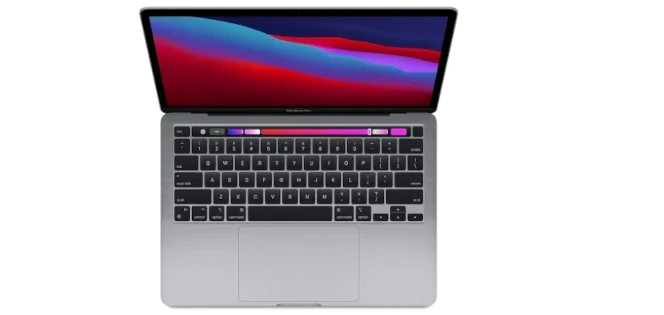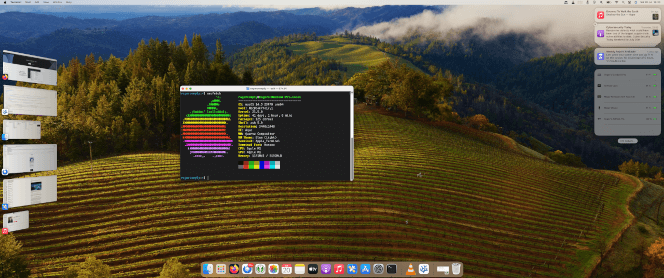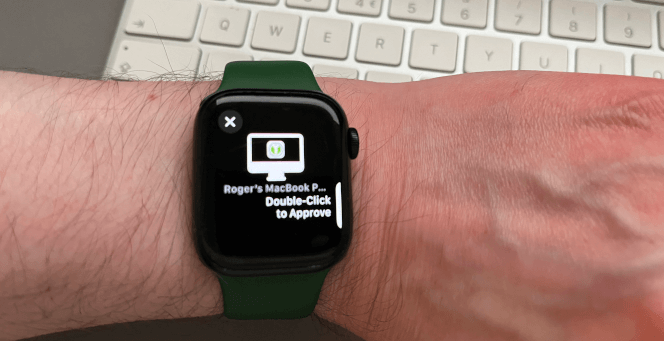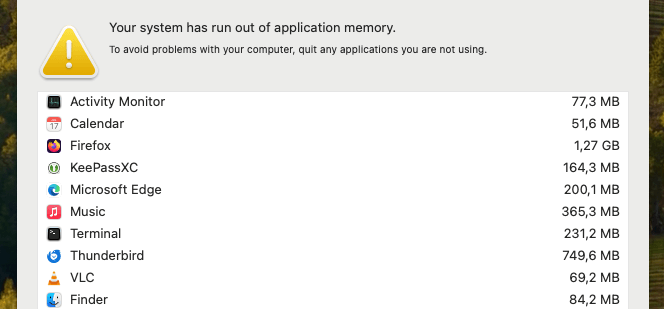iSwitched: From GNU/Linux to macOS
For reasons that currently escape me, I bought a 13-inch M1 MacBook Pro during a black Friday sale back in 2021. After feeling somewhat discouraged with the latest offerings in the Enterprise Linux world, I decided it was time to unwrap the MacBook and have a closer look at macOS. Now, six months later, I thought it would be fun to look back on this journey and maybe get an answer to the dreaded question: Is macOS better than Linux?
A short backstory
Around the time I bought the MacBook Pro, I also replaced my Android phone with an iPhone. That turned out to be my gateway drug into the Apple ecosystem. Since then, I’ve kept adding Apple products to my inventory.
I’ve used Linux-based systems for 20 years and never contemplated looking elsewhere. However, why not embrace some change and find out if the grass is greener on the other side?

Desktop environments and workflows
I’m comfortable with most desktop environments, and my workflow is simply using the mouse and keyboard. For the last couple of years, I’ve been using GNOME, and I’m content with the experience. As for my workflow, there are only four applications I require: Firefox, Thunderbird, KeePassXC, and Wireguard. Anything else is replaceable.
First impressions of macOS
My impressions were initially mixed. The operating system looks nice and shiny, but I had to spend an exaggerated amount of time getting used to the keyboard layout. I also felt like the biggest fool when I had to search for: “how to install an Apple disk image”. Say what, I have to drag that thing to where now? After that humbling experience, I will never roll my eyes at regular users again.

What a beauty! Running macOS Sonoma with Stage Manager and widgets.
Another significant difference from the land of open-source is that most native macOS applications require a purchase. I encountered this while browsing the App Store for replacement feedreaders, code editors, music players, and so forth. I don’t have an issue with paying for software, but rarely do I find better proprietary and commercial applications when compared to their open-source counterparts.
Additionally, discovering the good from the bad apples in the App Store is not something a new user would be able to do without spending considerable time researching. However, macOS is a certified Unix platform and as it would turn out, I could bring over my favorite open-source applications by adding a little brew to the mix.
The missing package manager for macOS
Homebrew lets you install and maintain (most of) your favorite open-source applications from the command line as Ken Thompson and Dennis Ritchie intended. It was a game-changer and enabled me to move over and replicate the workflows from my GNU/Linux environments.

Using brew to install Vorta on macOS by issuing brew install Vorta.
Fast forward a couple of days, and I had a macOS setup that looked and behaved like any GNOME-centric Linux distribution (hot corners and all). It does appear very obvious as to where GNOME’s design philosophies originate from. Both the good and the bad.
Everyday usage
Arriving from a GNOME-centric Linux distribution (Fedora in my case) lets you keep most of your already incorporated workflows. There are minor differences as expected, but the only annoyance I find noteworthy is the horrid application tiling feature. I have a 43-inch widescreen monitor so I frequently require a split view, and macOS’s “tile windows to left or right of the screen” is the worst implementation I’ve seen across any platform.
On second thought, the System Settings app has a terrible design. It seems to have been lifted directly from iOS and won’t even resize. What a complete waste of screen real estate.

Why would anyone want to maximize the System Settings window?
Still, it’s a small sacrifice for having an operating system that in my experience works 99% of the time without any issues. Compared to the open-source world, I’ve only experienced that level of stability while running Slackware Linux.
The good
- Hardware / build quality
- The sound of silence (I only notice the fan while playing games)
- The Apple ecosystem. It’s a walled garden, but hey, it’s a nice one
- zsh (Z shell) as the default shell
- Stage Manager is neat when used for work
- Privacy controls
- Touch ID

Unlocking my KeePassXC database by approving the request on my Apple watch.
The bad
Nothing is perfect and neither is macOS.
- It’s still a walled garden. Plug in an external storage unit and find out
- Lack of a usable tiling feature
- Lackluster default apps like Apple Mail and those “office apps”
- Lack of customization options
- Gaming, only 15% of my Steam collection has a macOS port
- Siri, the worst assistant
The ugly
- The price strategy for Apple products. Greed is still good
- The technical specifications of Macbook Pro entry-level models

8GB on a MacBook Pro is probably (NOT) analogous to 16GB on other systems.
What Apple charges for storage, RAM, and accessories is nothing short of ridiculous. And there’s nothing pro about the MacBook Pro’s entry-level specification of 8GB RAM and 250GB HD.
Is macOS better than Linux?
In many regards, it’s a bit like comparing apples to oranges. I can say that using macOS has given me an even deeper appreciation for open-source software and open-source developers. It’s amazing that you can get comparable or in many cases superior software without licensing costs and restrictions.
Considering the appreciation for macOS, and Apple’s design, I am still a bit curious as to why Linux on the desktop never became a thing. I don’t see how people enjoying macOS would not be productive on desktop Linux. I guess people stick with what came pre-installed on their computers, and why wouldn’t they?
In my case, it’s been a good journey, but I’m starting to feel a familiar itch to check the latest iterations of my favorite GNU/Linux distributions. After all, macOS does not tickle my pickle in the same sense that Linux does.
But before that, I will journey further down the path to the dark side and explore Windows on ARM, Copilot+, and everything the Empire has to offer.
